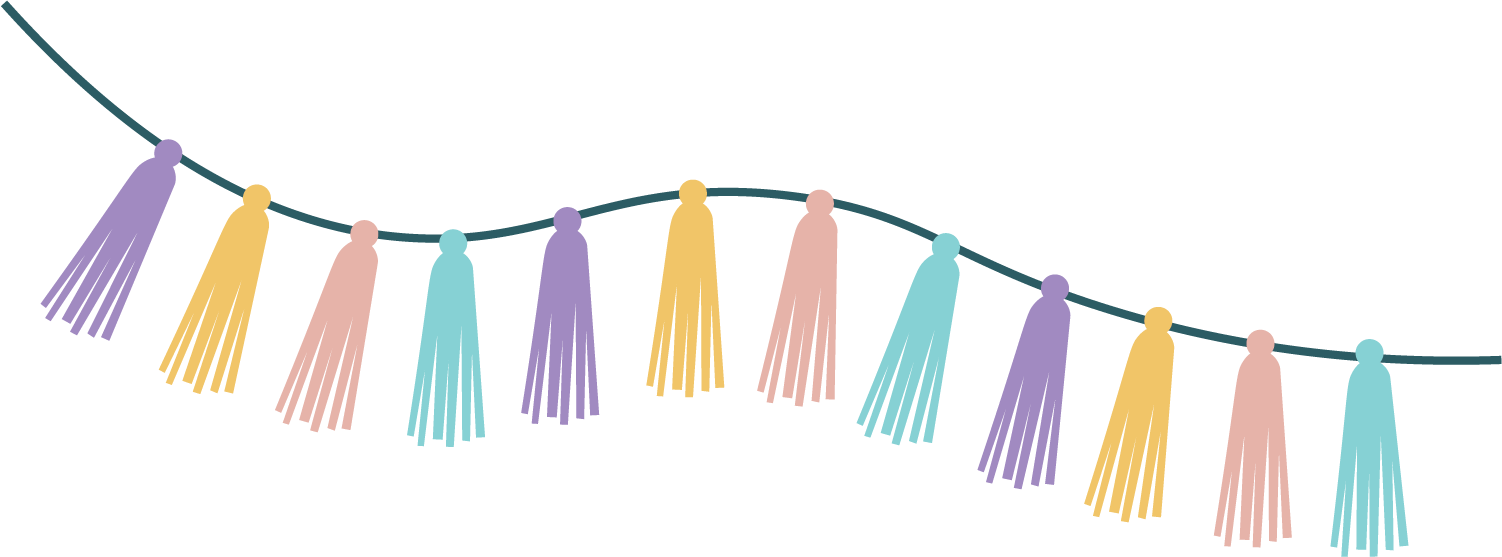Before delving into the details of preparing your child for Applied Behavior Analysis (ABA) therapy, it’s crucial to grasp what ABA therapy entails. ABA therapy is a scientifically validated approach to understanding behavior and how it is affected by the environment. It focuses on teaching skills that are socially significant to improve the quality of life for individuals, especially children with autism spectrum disorder (ASD) or other developmental disabilities. Now, let’s explore the steps you can take to ensure your child is ready for ABA therapy Apple Valley.
Educate Yourself About ABA Therapy
One of the first steps in preparing your child for ABA therapy is to educate yourself about the principles and techniques involved. Understanding the fundamentals of ABA therapy will enable you to actively participate in your child’s treatment and support their progress effectively. You can start by reading books, attending workshops, or consulting with ABA professionals to gain insights into the therapy process.
Choose the Right ABA Provider
Choosing the correct ABA provider is crucial for your child’s therapy journey. It’s essential to invest time in researching and assessing various providers to guarantee they possess the necessary qualifications, expertise, and resources tailored to your child’s requirements. Evaluate factors such as credentials, therapy methods, resource availability, and alignment with your family’s values and schedule. Dream Big Children’s Center emerges as an exemplary ABA Therapy Center in Apple Valley, offering tailored support to help your child flourish in all aspects of daily life.
Prepare Your Child Emotionally

Preparing your child emotionally for ABA therapy involves introducing the idea of therapy positively and reassuringly. Talk to your child about what to expect during therapy sessions, emphasizing the benefits and focusing on their strengths. Encourage open communication and address any concerns or anxieties they may have about the process. Reassure your child that ABA therapy is designed to help them learn and grow. If you’re in Apple Valley, it might be helpful to discuss specific details about the aba therapy apple valley center they’ll be attending, so they have a clearer picture of what to expect.
Create a Structured Environment at Home
Establishing a structured and supportive environment at home can complement the efforts of ABA therapy. Create daily routines, visual schedules, and clear expectations to help your child feel secure and organized. Provide ample opportunities for practicing skills targeted in therapy sessions and reinforce positive behaviors consistently. Collaboration between home and therapy settings can enhance your child’s progress and generalization of skills.
Foster Social Skills and Peer Interaction
ABA therapy often targets the development of social skills, which are essential for meaningful interactions and relationships. Encourage your child to engage in social activities, such as playdates, group outings, or structured social skills groups. Provide opportunities for peer interaction and facilitate positive social experiences that align with the goals of ABA therapy. Building social competence outside of therapy sessions can enhance your child’s social integration and overall well-being.
Address Communication Challenges
Communication difficulties are common among children with ASD, making it essential to address these challenges proactively. Please work with your child’s ABA therapist to develop communication goals and strategies tailored to their individual needs. Use visual supports, augmentative and alternative communication (AAC) systems, or assistive technology to facilitate communication and language development. Encourage expressive and receptive language skills through meaningful interactions and daily routines.
Implement Positive Reinforcement Techniques
Positive reinforcement is a cornerstone of ABA therapy, focusing on rewarding desired behaviors to increase their frequency and likelihood of occurrence. Identify your child’s preferred reinforcers, such as toys, activities, or praise, and use them strategically to motivate and reinforce positive behaviors. Consistency and timing are critical factors in effective reinforcement, so be sure to deliver rewards promptly and consistently following desired behaviors.
Prepare for Transitions and Changes
Children with ASD may struggle with transitions and changes in routine, so it’s essential to prepare them for upcoming transitions related to ABA therapy. Use visual supports, social stories, or role-playing activities to familiarize your child with new environments, therapists, or schedules. Gradually introduce changes and provide ample support and encouragement to help your child adapt successfully. Anticipating and addressing potential challenges can minimize stress and facilitate smoother transitions.
Collaborate with ABA Therapists and Professionals
Maintaining open communication and collaboration with your child’s ABA therapists and other professionals involved in their care is crucial for ensuring a comprehensive and coordinated approach. Share relevant information, observations, and concerns with the therapy team to inform treatment planning and decision-making. Actively participate in therapy sessions, ask questions, and seek guidance on implementing strategies and techniques at home.
Monitor Progress and Celebrate Achievements
Regularly monitor your child’s progress in ABA therapy and celebrate their achievements, no matter how small. Keep track of goals, data, and observations to assess progress objectively and identify areas for continued growth. Celebrate milestones and successes with your child to reinforce their efforts and boost their confidence. Recognize the importance of progress at their own pace and maintain a positive and supportive attitude throughout their therapy journey.
Conclusion
Preparing your child for ABA therapy is a journey that requires patience, dedication, and collaboration. By taking proactive steps to educate yourself, choose the right provider, and create a supportive environment, you can empower your child to thrive in therapy and beyond. Remember to advocate for your child’s needs, celebrate their progress, and seek support from trusted resources along the way. With love, understanding, and the right support system in place, your child can reach their full potential and lead a fulfilling life.
For personalized guidance and center based ABA Therapy for your child, contact us at Dream Big Children.
FAQs
What is ABA therapy, and how does it benefit children?
ABA therapy, or Applied Behavior Analysis therapy, is a scientifically validated approach aimed at understanding behavior and its relationship with the environment. It focuses on teaching socially significant skills to improve the quality of life, especially for children with autism spectrum disorder (ASD) or other developmental disabilities. The therapy helps children learn essential skills such as communication, social interaction, and daily living tasks.
How can I educate myself about ABA therapy?
You can start by reading books, attending workshops, or consulting with ABA professionals. There are also online resources, webinars, and courses available to help you understand the principles and techniques of ABA therapy.
How do I choose the right ABA provider for my child?
When selecting an ABA provider, consider factors such as their qualifications, experience, approach to therapy, availability of resources, and compatibility with your family’s schedule and values. It’s essential to research and evaluate different providers to ensure they can effectively meet your child’s specific needs.
How can I prepare my child emotionally for ABA therapy?
Introduce the idea of therapy positively and reassuringly, emphasizing the benefits and focusing on your child’s strengths. Encourage open communication, address any concerns or anxieties they may have, and reassure them that ABA therapy is designed to help them learn and grow.
What can I do to create a supportive environment at home?
Establishing a structured and supportive environment at home can complement ABA therapy. Create daily routines, visual schedules, and clear expectations to help your child feel secure and organized. Provide opportunities for practicing skills targeted in therapy sessions and consistently reinforce positive behaviors.
How can I help my child develop social skills outside of therapy sessions?
Encourage your child to engage in social activities such as playdates, group outings, or structured social skills groups. Provide opportunities for peer interaction and facilitate positive social experiences that align with the goals of ABA therapy.
What strategies can I use to address communication challenges?
Please work with your child’s ABA therapist to develop communication goals and strategies tailored to their individual needs. Use visual supports, augmentative and alternative communication (AAC) systems, or assistive technology to facilitate communication and language development.
What is positive reinforcement, and how can I implement it effectively?
Positive reinforcement involves rewarding desired behaviors to increase their frequency and likelihood of occurrence. Identify your child’s preferred reinforcers and use them strategically to motivate and consistently reinforce positive behaviors.
How can I prepare my child for transitions and changes related to ABA therapy?
Use visual supports, social stories, or role-playing activities to familiarize your child with new environments, therapists, or schedules. Gradually introduce changes and provide ample support and encouragement to help your child adapt successfully.
How can I collaborate with ABA therapists and other professionals involved in my child’s care?
Maintain open communication and collaboration with the therapy team, sharing relevant information, observations, and concerns to inform treatment planning and decision-making. Actively participate in therapy sessions, ask questions, and seek guidance on implementing strategies and techniques at home.
How long does ABA therapy typically last, and how often are sessions scheduled?
The duration and frequency of ABA therapy sessions can vary depending on the individual needs of the child. Typically, sessions range from a few hours per week to full-time intensive programs, and scheduling may include daily, weekly, or bi-weekly sessions. Your ABA provider will work with you to create a treatment plan tailored to your child’s needs.
What should I do if my child shows resistance or reluctance to participate in ABA therapy?
It’s not uncommon for children to initially resist or feel hesitant about therapy. It’s essential to remain patient and supportive while gently encouraging participation. Communicate openly with your child’s therapist to address any underlying concerns or barriers and explore strategies to gradually increase engagement.


